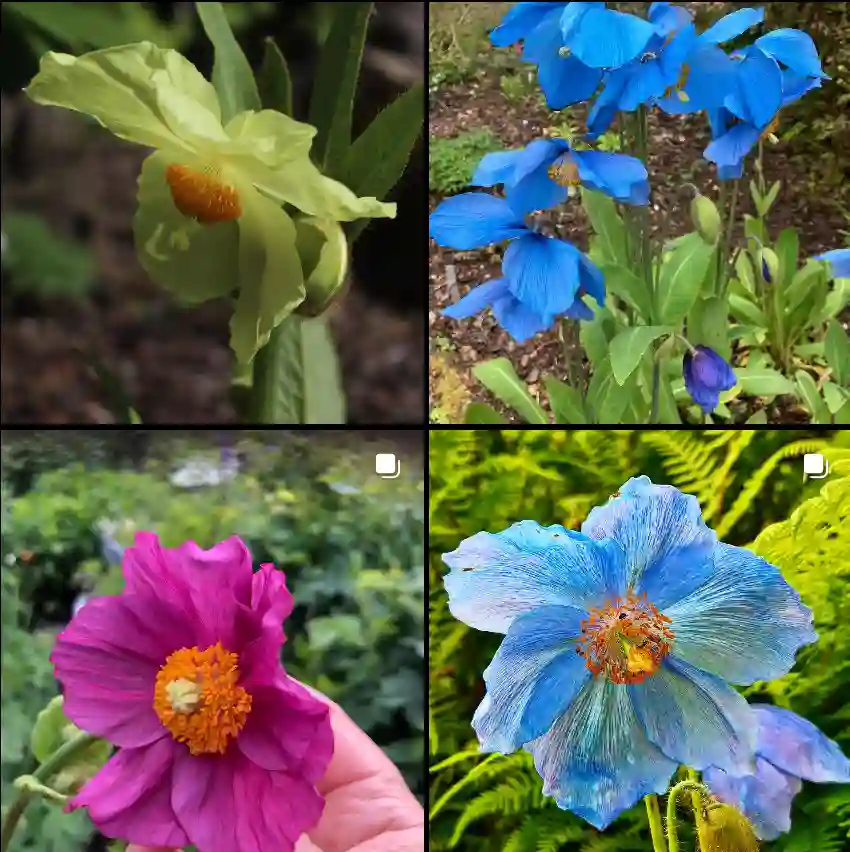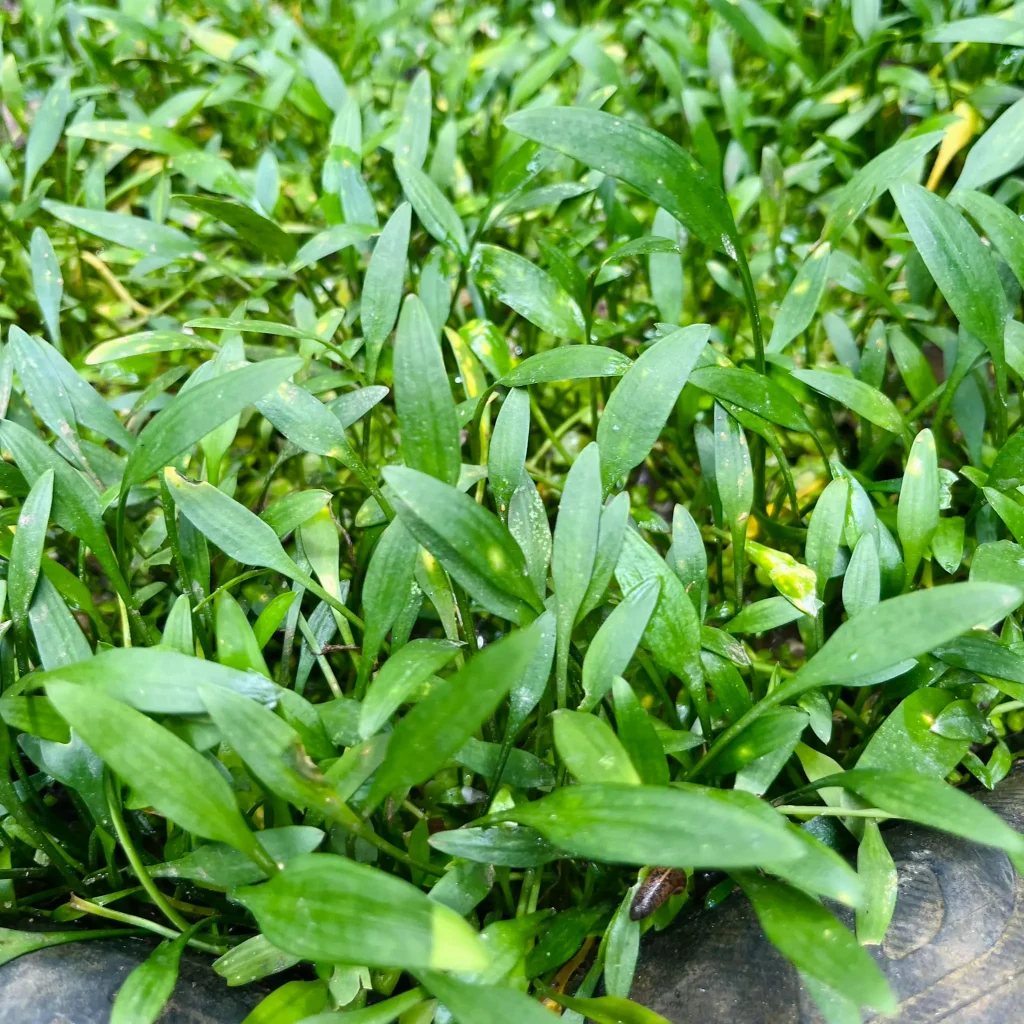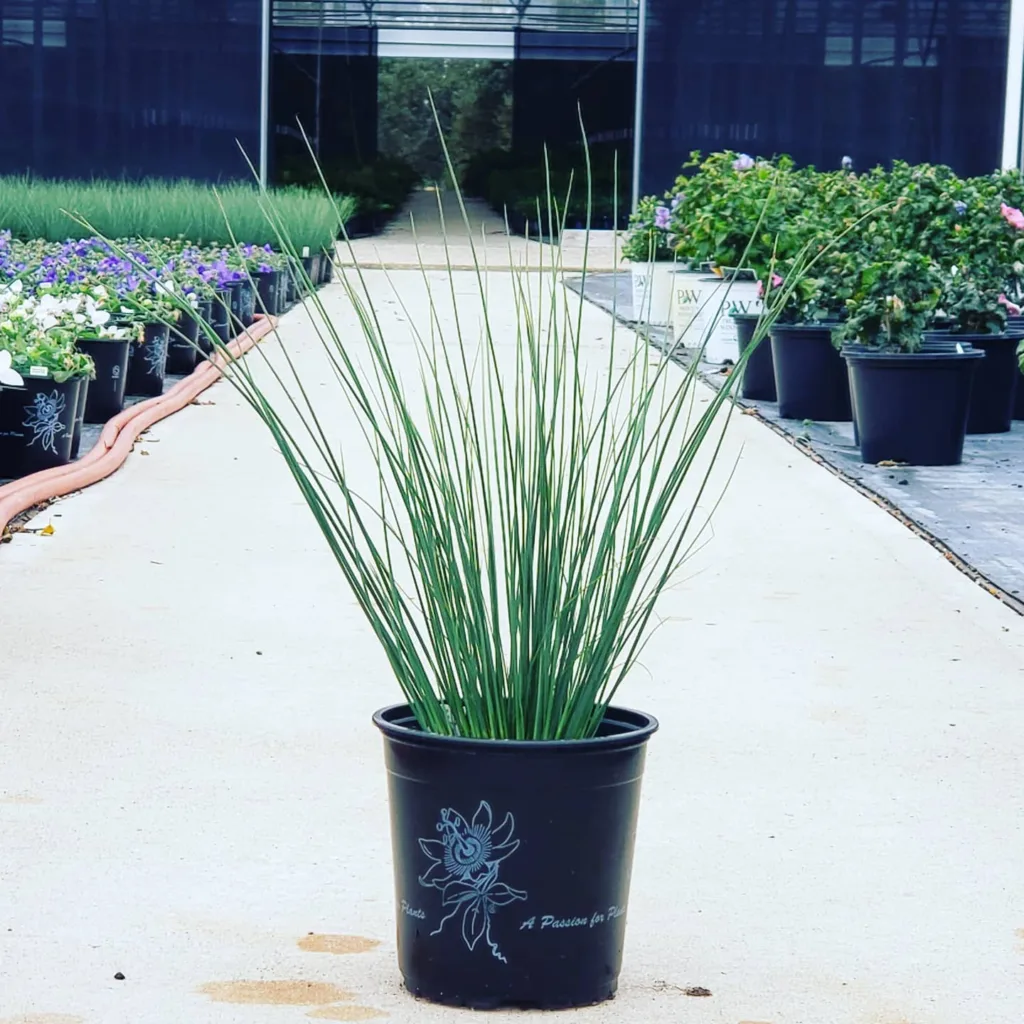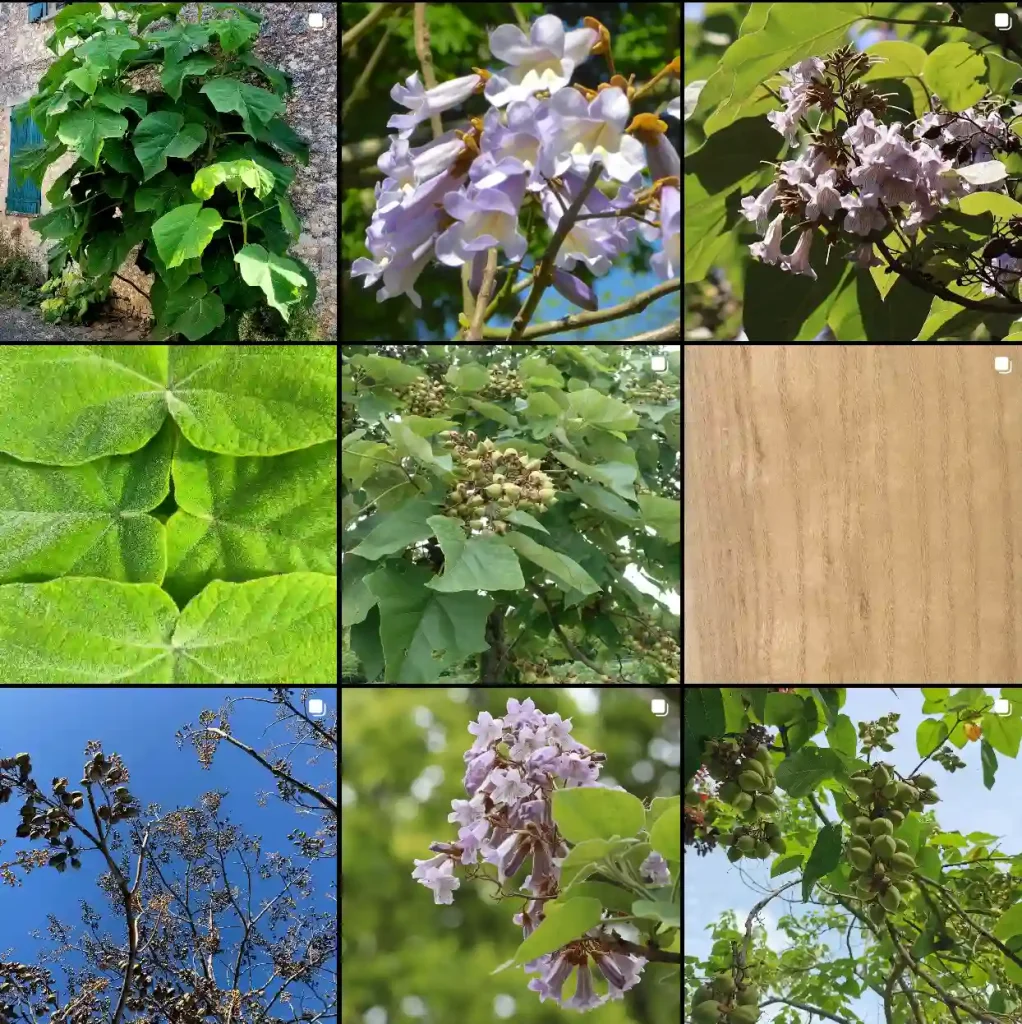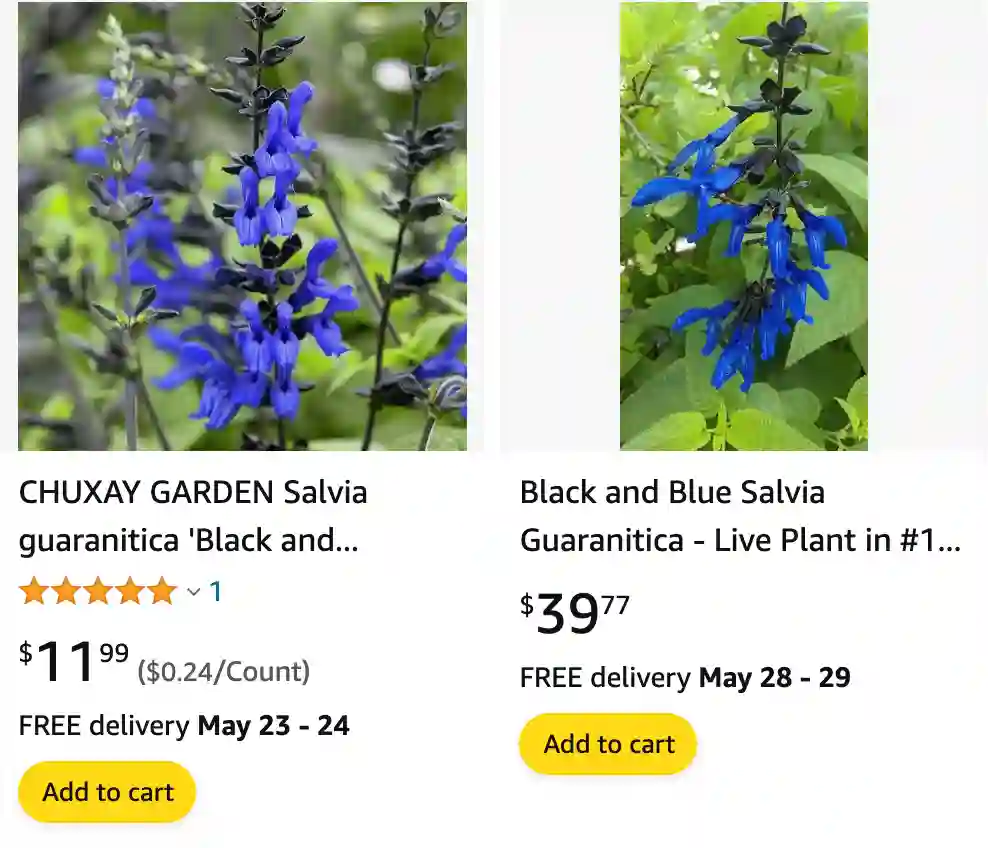
Black and Blue Salvia vs Black and Bloom Salvia
I’ve found that Black and Blue Salvia has a stunning deep blue color and tall spikes that really stand out in my garden, while Black and Bloom Salvia has a more compact, bushier form with dark, almost black blooms that add a dramatic touch.
Do black and blue salvias come back every year?
Black and Blue Salvia, also known as Salvia guaranitica ‘Black and Blue’, is a perennial plant in regions where winters are mild, returning year after year from its roots. However, in colder climates, it may behave as an annual or semi-annual, depending on the severity of the winter.
1050 Species in Genus Salvia
How to deadhead black and blue salvias?
Deadheading Black and Blue Salvia is a simple process that involves removing spent flower spikes to encourage continuous blooming. I typically pinch off the faded flowers just above a set of healthy leaves using my fingers or sharp pruning shears.
How to prune black and blue salvias?
Pruning Black and Blue Salvia is usually done in late winter or early spring to remove any dead or damaged growth and shape the plant for the upcoming growing season. I trim back any leggy or overcrowded stems to promote bushy growth and maintain a neat appearance.
What is eating my black and blue salvias?
Various pests, including aphids, spider mites, and caterpillars, may eat Black and Blue Salvia. Regularly inspecting the plants for signs of pest infestation and treating them promptly with insecticidal soap or neem oil can help prevent damage.
Are black and blue salvia hardy?
Black and Blue Salvia is generally considered hardy in USDA zones 8-10 but may behave as an annual in colder climates. Providing mulch and winter protection can help improve its chances of surviving colder winters.
Can black and blue salvia be grown in pots?
Black and Blue Salvia can be grown in pots, provided they have well-draining soil and receive sufficient sunlight. Container-grown plants may need more frequent watering and fertilizing compared to those planted in the ground.
Can salvia black and blue be rooted in water?
While Black and Blue Salvia can be propagated from stem cuttings, rooting them in water is not typically recommended. Instead, I prefer to root cuttings in moistened potting mix to encourage better root development.
Can you smoke black and blue salvia?
Salvia Black and Blue is not typically smoked for recreational purposes. However, some species of salvia, such as Salvia divinorum, are used for their psychoactive effects, although this is not recommended due to potential health risks.
Does black and blue salvia spread?
Black and Blue Salvia can spread via self-seeding in favorable conditions. Regular deadheading can help prevent excessive spreading and promote a more controlled growth habit.
How to care for black and blue salvia?
Caring for Black and Blue Salvia involves providing them with full sunlight, well-draining soil, and regular watering. Additionally, fertilizing them with a balanced fertilizer during the growing season can help promote healthy growth and abundant flowering.
How to fertilize black and blue salvia?
Fertilizing Black and Blue Salvia with a balanced fertilizer, such as a 10-10-10 NPK formulation, in spring and midsummer can help promote healthy growth and blooming. I typically follow the manufacturer’s recommendations for application rates and frequency.
Is black and blue salvia a woody?
Black and Blue Salvia is not woody in the traditional sense but may develop woody stems over time, especially in warmer climates.
Is black and blue salvia deer resistant?
Black and Blue Salvia is generally considered deer resistant due to its strong fragrance and somewhat bitter taste. However, hungry deer may still nibble on the foliage if other food sources are scarce.
Is black and blue salvia edible?
While Black and Blue Salvia is not typically consumed as food, some species of salvia are used in traditional herbal medicine and culinary applications. However, it’s essential to verify the edibility of specific varieties before consuming them.
What to plant with black and blue salvia?
Black and Blue Salvia pairs well with a variety of other plants in the garden, including other salvias, ornamental grasses, and flowering perennials such as coneflowers, rudbeckias, and coreopsis.
Where to buy black and blue salvia?
Black and Blue Salvia can be purchased from nurseries, garden centers, online retailers, and botanical gardens specializing in ornamental plants. It’s also possible to find them at plant sales, farmers’ markets, and through local gardening clubs and societies.
If i die, water my plants!
